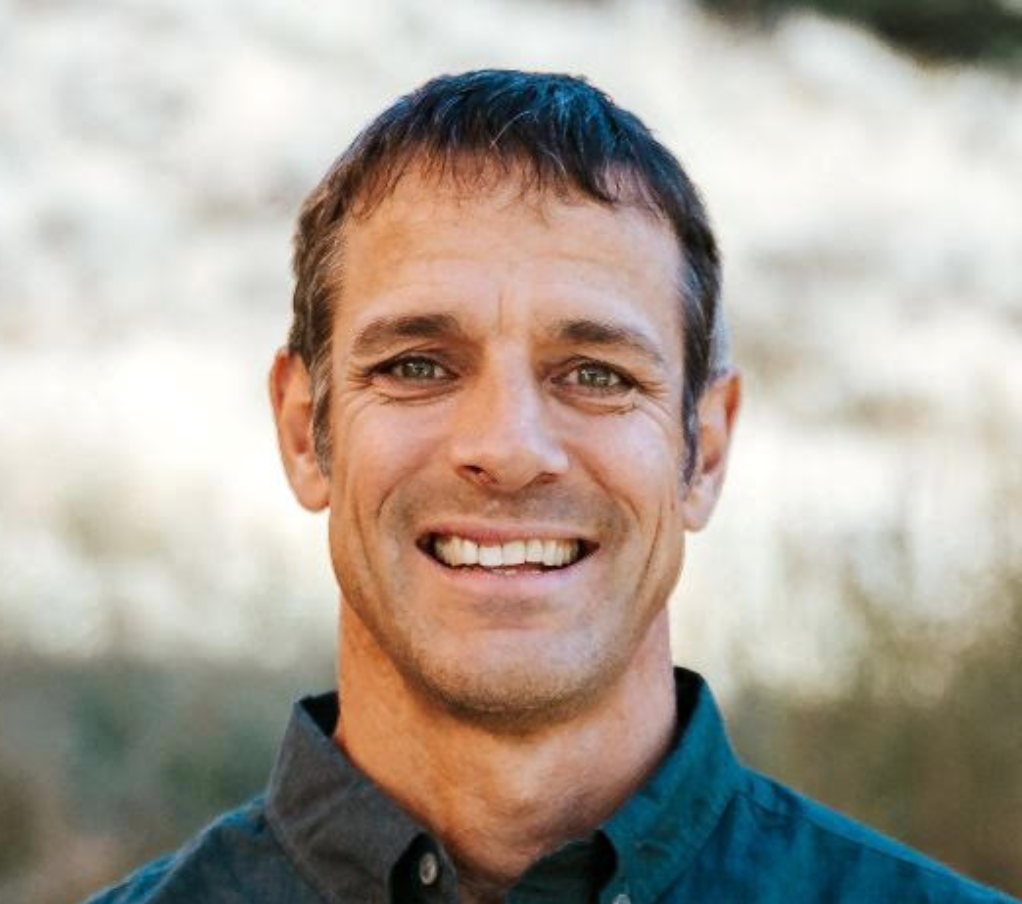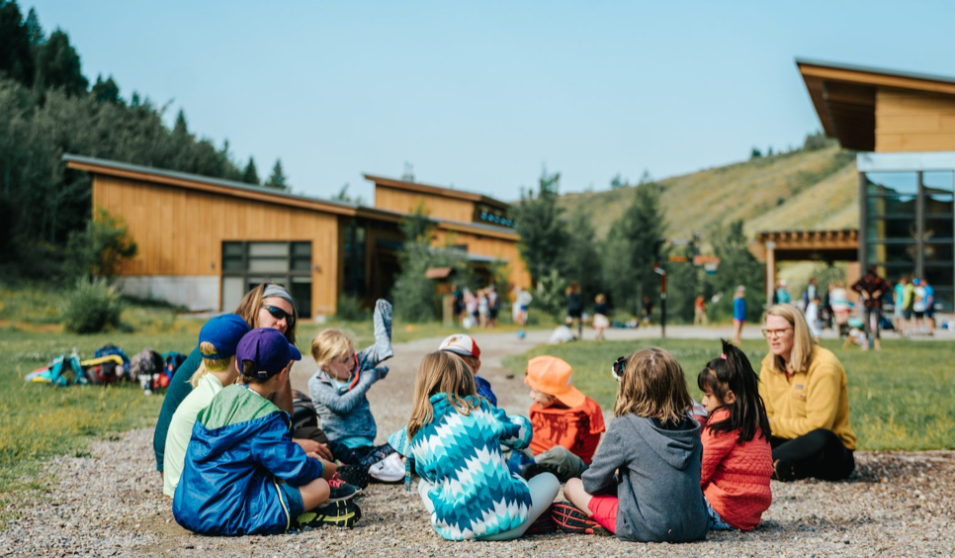
Rethinking and redesigning rural education through a community-based approach and strong partnerships can support long-term vitality of rural places. Building social capital, job opportunity, and an innovation culture through primary and secondary school redesign can build resilience and a future for declining rural communities.
Learning to leave - the subject and title of Michael Corbett’s 2009 book about rural coastal Maine epitomizes the challenges many rural communities face. We encourage young people to leave to attend higher education or other post-secondary opportunities, and many never return. This is a loss. It contributes to the pattern of ongoing global urbanization and ultimately causes a decrease in long-term viability of rural communities. Populations decrease. Schools close. Families move. Businesses shut down.
Yet, rural is important - providing energy, food, water, open-spaces, and recreation for the nation; while providing a good quality of life and strong communities to many. However, sustaining rural places will not rest solely on natural resources. Rural places must become innovation centers with unique identities that allow multiple industries to thrive - including increasing remote technology opportunities. Diversification of opportunity will increase long term vitality of a community - and increase the number of graduates who see possibility and hope in a future in their home-towns. Perhaps, for those who left, this will then change the mantra from learning to leave to learning to return. For those who stayed, their unique talents and dreams are amplified through a more vibrant community.
Where do we start? At the center of most rural communities are rural schools. So, how can schools support the long-term vitality of communities? While consolidation, funding, and challenges of remote living have continued to shrink the number of rural schools over the last century, opportunities exist. The approach that rural schools take matters. Rural communities have always had to be creative and innovative to build and maintain sustainable futures. Teachers in rural schools often wear multiple hats, connect learning to the local landscape, and increase relevance and connections based on the fact that everyone knows each other in rural spaces. Rural Schools Collaborative Grants in Place Fellows, Young Rural Educators Convening, and the growing number of Rural Teacher Corps exemplify increased interest in innovative rural teaching. High quality schools also drive the recruitment of high quality teachers, which increases human capital in the community. Yet the vast number of rural schools, in spite of interest and need, face barriers when they want to redesign their schools to both attract great teachers and meet the future needs of the community. These barriers typically fall in what Transcend Learning codifies as capacity, coalition, commitment, conviction, and culture.
It is difficult to overcome these barriers alone - a single teacher, community member or administrator cannot singlehandedly reshape a school. Communities, including schools, need to unpack a vision for the future. What are our biggest dreams for our community? This starts with community self-reflection, an understanding of the learning sciences and the most relevant teaching tools and systems available, and a strategy to move forward.
Systems will not change unless all involved believe there is a need for change. Communities have done this successfully on their own and also can be supported by an ecosystem of organizations like Transcend Education - which offer community co-design experiences to support the foundation of rural school redesign. A National Rural Schools Design Cohort for 6-10 rural schools who are at the very beginning of engaging their communities in rethinking school design is accepting applications through March 26, 2021. Other state-specific opportunities exist like the Idaho Mastery Education Network, Kansas Can, or Virginia’s VaLIN Network.
Regardless of partnerships, communities need to also build an understanding around the science of learning. These concepts capture the best practices around learning that are supported by research. As rural places reimagine education, connecting to this critical knowledge around learning is essential. This foundational work allows for the building of school designs that increase social capital for all students, put the learner at the center, and builds agency in every young person. These models can help every graduate learn to contribute to their community and employ tools such as project-based learning and competency-based assessment to allow each student to develop the skills needed for personal and professional success. The foundations for rural entrepreneurship development can be grounded in school redesign efforts.
As momentum builds in a community during a strategic planning process it is often helpful to find partners. Partners could include regional universities and organizations with strong Rural Teacher Corps programs (University of West Alabama, Monmouth College, Ozarks Teacher Corps). Organizations such as Teton Science Schools support rural schools interested in the adoption of a next-generation place-based education model through the Place Network. These partners help to accelerate a vision for the school and community.
Rural schools are a vital part of the national infrastructure. With strong co-design, a deep commitment to equitable and innovative learning models, and supportive partners, these schools can be the epi-center of rural renewal. Learning to leave will be replaced by learning to return.
Learn more about Nate's work with our Northern Rockies Hub.

